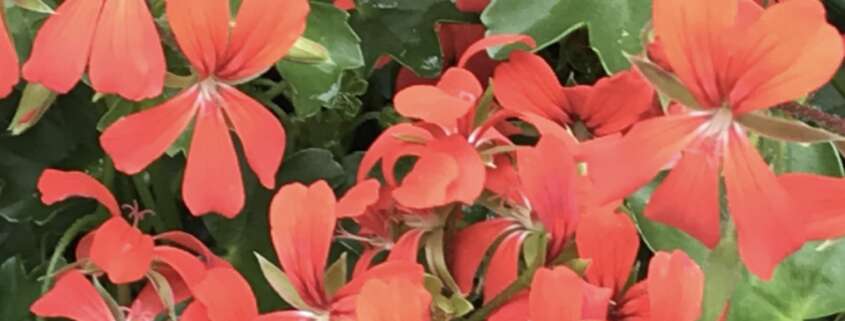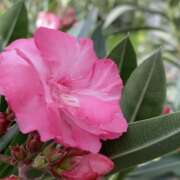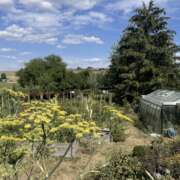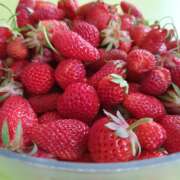geranium
#geranium #pelargonium #spring #flowers #balcony #terrace #carlvonlinne
Pelargonium and geranium are often confused because they both belong to the Geraniaceae family. They look a lot alike but they are not identical! For years we have been mistaken in its name, whose fault is it?
geranium
The name comes from the Greek “geranos”, which means “crane”. This plant was so named because its fruit resembles the beak of a crane. You have to have a little imagination…
The term “geranium” is often used to refer to pelargonium, but incorrectly, because pelargonium was introduced to Europe at a time when botanical classification was still being developed, and it was mislabeled as part of the genus Geranium.
Already there, it’s not easy to follow…
The name “pelargonium” also comes from the Greek, “pelargos”, which means “stork”. Pelargonium seeds resemble the beak of a stork. And there, it will take a little more imagination… What is certain is that it originates from South Africa and was introduced to Europe in the 17th century. Botanists eventually recognized pelargonium as a separate plant from geranium, but the name remained popular and is often misused to refer to pelargonium.
Alright, are you following?
Between Africa and Europe
In South Africa it grows in semi-arid areas and mountainous regions. The plant is also known as “storksbill” in English, always in reference to the shape of its fruits which resemble the beak of a stork.After its introduction to Europe in the 17th century, it quickly became popular. It must be said that its flowers are to die for!!! And in addition, it has adapted to almost any climate. Since then, many varieties of pelargonium have been developed for their color and flower shape, and they have become a common ornamental plant in gardens, balconies and windows around the world. Who hasn’t had their geranium pot?In addition to their aesthetic appeal, pelargoniums have also been used for medicinal purposes. Leaf extracts are used to relieve various ailments.And in addition to getting the names wrong between perennial and balcony, there is also a difference between zonal geranium (Pelargonium x hortorum) and florist’s pelargonium (Pelargonium grandiflorum).Won’t make it!
Zonal geranium!
The zonal geranium gets its name from the colored stripe (or “zone”) that appears on the leaves near their border. Zonal geranium leaves are typically rounded and the flowers are large balls of colorful flowers that appear from spring through fall.Florist pelargonium is another variety of pelargonium, but it has more serrated leaves and larger, more showy flowers than zonal geranium. There are followers on both sides! Florist’s pelargonium flowers are often star-shaped, with wider petals than zonal geranium varieties.In summary, there are thousands of varieties of pelargonium…The most commonly grown include Pelargonium zonale, Pelargonium peltatum (ivy geranium), Pelargonium grandiflorum, Pelargonium hortorum (garden geranium) and Pelargonium odoratissimum (scented geranium).
And the perennial?
Perennial geraniums are hardy and perennial plants, meaning they come back every year, while zonal geraniums are annuals or houseplants that cannot survive harsh winters.They have palmate, lobed or divided leaves and single or double flowers that often look like daisies. The flowers of perennial geraniums are generally smaller and less showy than those of zonal geraniums.These perennial geraniums are planted in the garden, in the ground, unlike pelargoniums which must be brought in in winter.It was Mr. Carl Von Linné who first made the confusion between the genres. He quickly corrected his mistake, but for over 300 years we have continued to mistake pelargoniums for geraniums.And it may last… Too bad! Pelargonium or geranium, it doesn’t matter, the flowers are superb and that’s the main thing!












Leave a Reply
Want to join the discussion?Feel free to contribute!